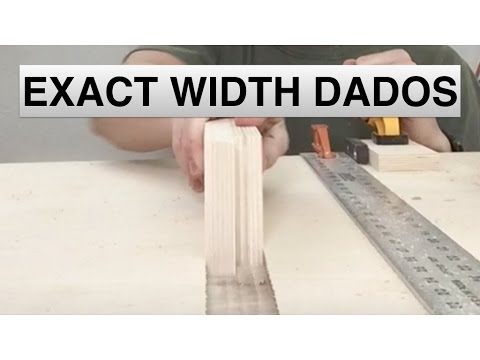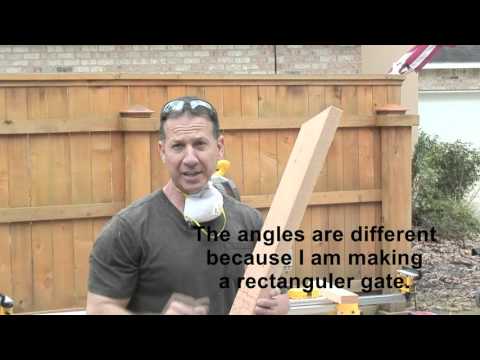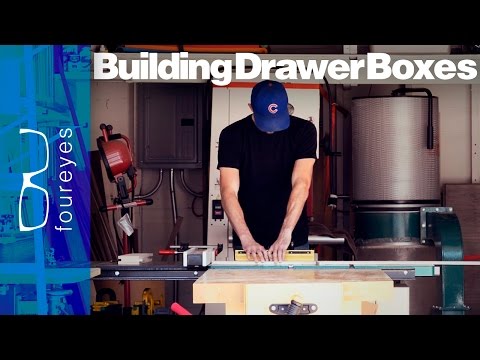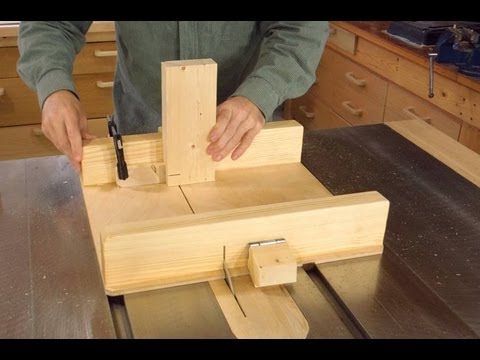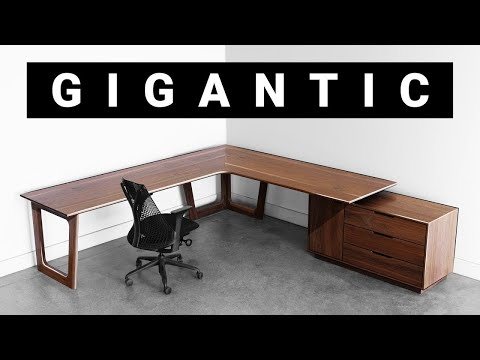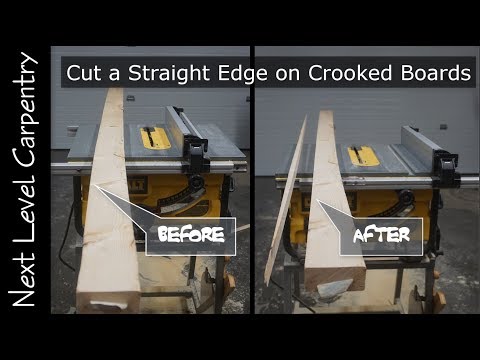Nice boxes, no-shift
The boxes are removable and designed on a common increment, so they always fit. They stay put because of a "Lego-inspired grid in the bottom of the drawer". The coolest part of this video may be when he cuts the box joints without using a jig.
Step by step:
- After ripping stock to get a consistent height, he cross cuts into various sizes for sides (and fronts and backs) for one drawer full of boxes
- He cuts ridges on the sides to make gropping the boxes easier.
- Joinery for the sides is box joints, which Jeremy cuts without a jig (2:36)
- Clamp the pieces together into a block
- Run the block through the tablesaw using the incremental fence to slide 1/4 inch after each pass.
- Flip the block, cut the other end.
- Before you do all of this, run a test cut.
Gluing up a box joint
Think about the geometry before adding glue. Because the top of one finger meshes with the bottom of another, the glue only needs to be on top of the box fingers.
- Glue the bottoms to the underside of the sides, making sure to keep the ribbed grip cut in step 1 is toward the top of the box.
Make the grid
- Cut 1/8 inch plywood to the inside dimensions of the drawer.
- Cut grooves on the plywood with a stacked dado blade set 1/16 inch high. Begin in the middle and work outward in standard increments.
- Glue strips into the grooves.
Modify the box bottoms to lock into the grid.
- Add a .002 inch soacer to the dado blade
- Cut grooves in the bottoms of the boxes, beginning in the center and working outward in standard increments.
- Test the first box to make sure it works, and then cut grooves in every in other box.
—Jeremy Schmidt is a woodworker, metalworker, maker and YouTuber
